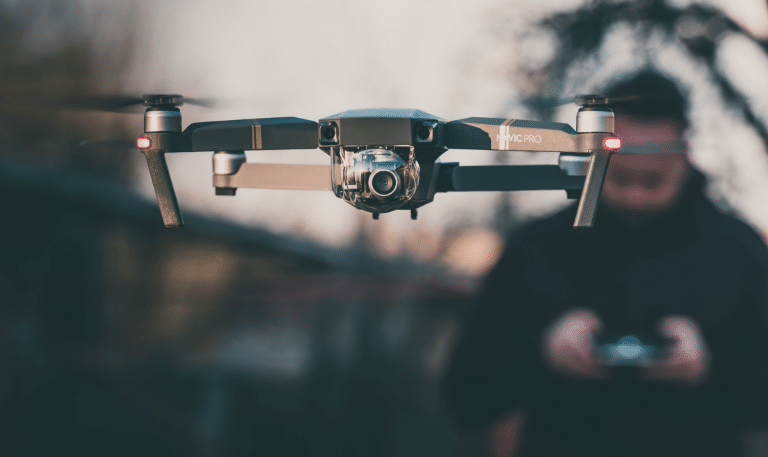How to secure against drone threats
Drones have been misused for malicious purposes such as assassination attempts, drug smuggling and illegal surveillance, but what can we do to protect against them?
A security guard notices an unmanned aerial vehicle flying over an area he or she has been assigned to secure. What can he do?
In practice, not much at all, says Greg Boyer, managing director of Sydney-based commercial drone consultancy firm Drone Ranger.
“From a security perspective, when it comes to drones it’s like the early days of the Wild West,’’ says Boyer.
“It’s a classic example of a disruptive technology getting far out in front of everyone.’’
Legal issues
In terms of the Civil Aviation Safety Authority’s guidelines, flying a drone over someone else’s property without permission is prohibited. So there could be an argument that the drone was being operated illegally, says Boyer.
“The difficulty is, how do you know where the drone has come from? Who owns and controls it? How do you stop it? This is where the issues become very difficult from a security perspective.’’
To take legal action against the operator of a trespassing drone would require evidence that they had flown over the property in question, for example photos or video of the drone which also included clearly identifiable assets such as buildings.
And then one would still have to identify the operator, and prove that they were the person in control of the drone at the time it was trespassing.
“You can just imagine how complex this could become once the lawyers get involved,’’ says Boyer.
Drone jamming
From a technical point of view, it is possible to jam the signals a drone relies on to operate. Depending on the type of drone and jamming signal used, this could result in the craft either crashing to the ground, landing safely on the spot or automatically returning to its pilot.
This might potentially provide a way either to track down and identify the operator, or to perform a forensic investigation on the drone itself. While this is another grey area, the actual act of jamming (regardless of harm done) might be illegal.
“There are regulatory restrictions in place through CASA—this is common worldwide—that mean you’re not allowed to shoot a drone down because it is regarded as an aircraft,’’ says Boyer.
And broadcasting jamming signals on the frequencies required to interfere with the operation of a drone would probably require permission from the Australian Communications and Media Authority, such as the temporary authority the ACMA granted to the Australian Federal Police providing security for the Invictus Games in Sydney in 2018.
Other measures
Other counter-measures against drones that have been tested include modified shotgun shells that tangle drones in cords, guns that shoot nets, bird of prey trained to tackle drones and even ‘killer’ drones deployed to interfere with other drones. However all have severe limitations.
“There’s a lot of research and development going into these areas because there is a lot of interest from people wanting to protect critical infrastructure, be it a telecommunication site or an electrical substation, or maybe an entertainment event where the organisers don’t want drones flying over crowds and illegally filming,’’ says Boyer.
“But at this point of time there simply isn’t one see-all, do-all anti-drone technology. Even those systems that are somewhat useful against a single drone are much less effective when faced with two drones coming from different directions, and almost useless when dealing with drone swarms.’’
Serious threat
Given that drones have already been used for many malicious purposes such as assassination attempts, drug smuggling, illegal surveillance and interfering with aircraft, they are a serious security threat for which there is as yet no obvious solution.
And with more and more drones taking to the skies, including for daily deliveries of goods in Australia, it’s a problem that’s set to escalate.
Boyer says commercial drone operators worldwide would themselves welcome greater clarity on the laws and regulations that affect their business.
“Managing drones is a big issue that’s going to affect everyone,’’ he says. “And it’s not about to go away.’’
-
Stay up to date with the latest news and Security updates.
- Subscribe

